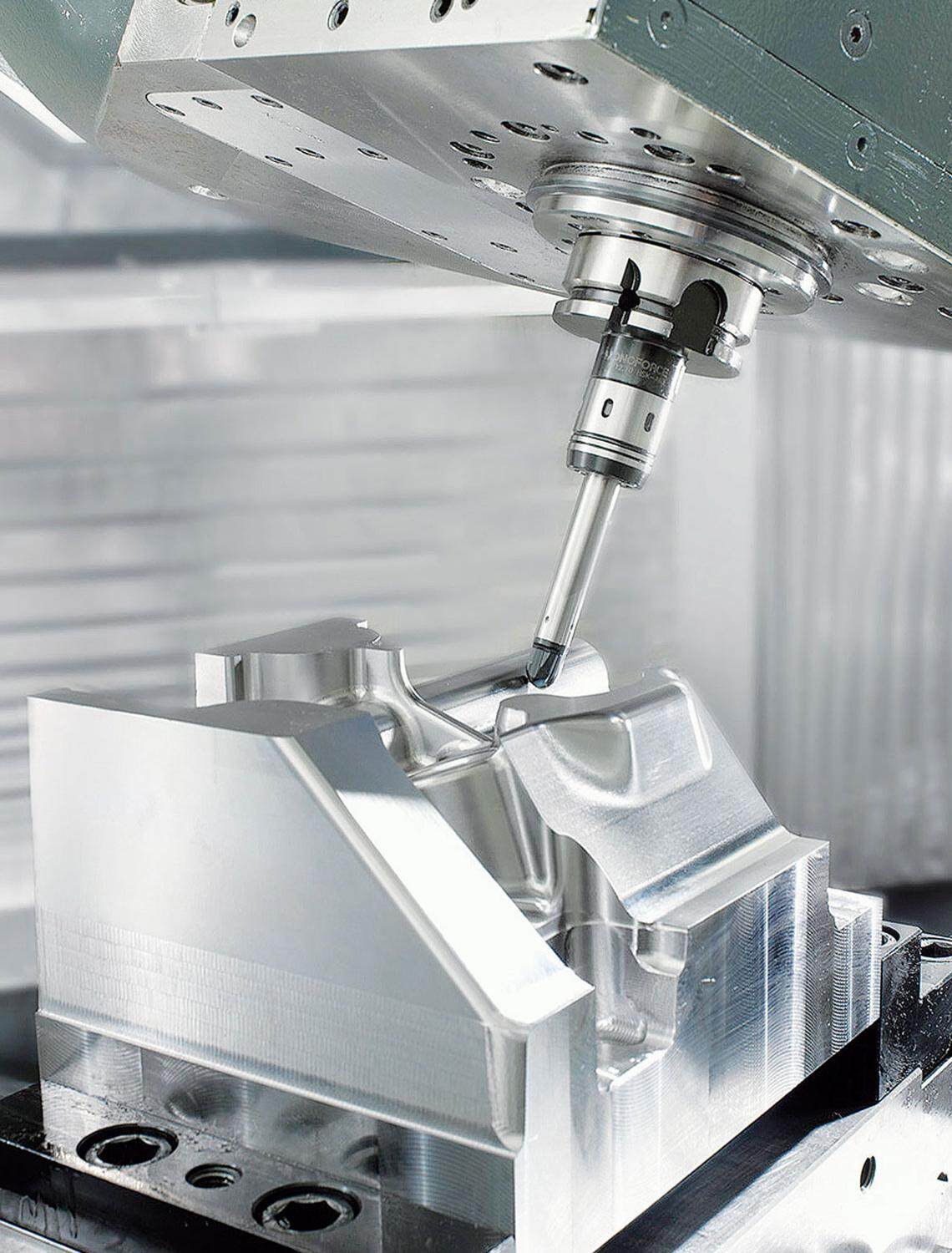ইমেল বিন্যাস ত্রুটি
emailCannotEmpty
emailDoesExist
pwdLetterLimtTip
inconsistentPwd
pwdLetterLimtTip
inconsistentPwd

খবর
Testing Method of 5 Axis Milling Machine(2)
Detection of five-axis linkage performance
The detection of five-axis linkage performance does not need to be classified according to the type of five-axis milling machine.
There are two purposes for testing the five-axis linkage performance: one is to test the accuracy of measuring the spatial geometric relationship between several axes of the five-axis milling machine, and the other is to test the compensation function of the CNC system of the machine tool for the five-axes spatial geometric relationship.
The five-axis linkage performance cannot be tested by direct measurement, but by machining some standard shapes, and then measuring the error of the processed shapes:

-
Straight line
When machining a straight line on a plane, the cutter axis is required to change continuously. You can try to use a variety of cutter axis control methods to process. Processing materials can be non-metallic materials or non-ferrous metals that are easy to process, and ball cutters are used for cutting tools. After processing, observe whether the straight line is bent. If it is bent, it is necessary to retest the accuracy of the machine tool, especially to retest whether the eccentric relationship between the two rotating shafts and the main shaft is correct.
-
Plane
Finish machining a plane with a ball cutter, divide the plane into multiple segments, and process with several fixed cutter shafts at different angles and continuously changing cutter shafts respectively. After machining, measure the error between different sections on this plane. Ideally, this plane is still flat. If the error is too large, re-measure whether the eccentric relationship between the two rotating shafts and the main shaft is correct.
-
Spherical
When finishing a sphere with a ball cutter, it should exceed the hemisphere, and the cutter axis is perpendicular to the sphere. A sphere with the same diameter is processed by two-way processing along the warp and spiral processing along the weft, respectively. After machining, measure the diameters of the two spheres and compare the error with the standard value. If possible, the roundness of the two spheres and the error value of the standard sphere can also be measured.
The above is a basic method to test the five-axis linkage performance of a five-axis milling machine by machining standard shapes.
The summary is as follows:
The first process is a straight line, preliminarily judging the correctness of the measurement of the five-axis spatial geometric relationship, and checking whether the compensation function of the NC system is effective. This is the detection of a one-dimensional shape, which is the most basic requirement. On this basis, the following detection can be done.
Then process a group of planes, test the accuracy of the measurement of the five-axis spatial geometric relationship, and check whether the compensation function of the NC system is set correctly. This is the detection of two-dimensional shapes, which is one level higher than the detection of one-dimensional shapes. If the detection is qualified, it indicates that the measurement of the five-axis spatial geometric relationship is accurate, and the CNC system meets the requirements of five-axis machining.
Finally, machining the sphere, further testing the accuracy of the five-axis space geometric relationship measurement, and testing whether the compensation function of the CNC system has made the correct motion compensation in three-dimensional space. This is the detection of three-dimensional shape and the highest level requirement. If it meets the requirements of three-dimensional shape processing, it can be said that this five-axis milling machine is completely qualified and competent for production and processing tasks.
Make a purchase of benchtop 5 axis cnc milling machine, hobby 5 axis cnc milling machine, best 5 axis cnc milling machine from China, you can get them at a good price if you have a large quantity. We hope to be your long-term partner.

